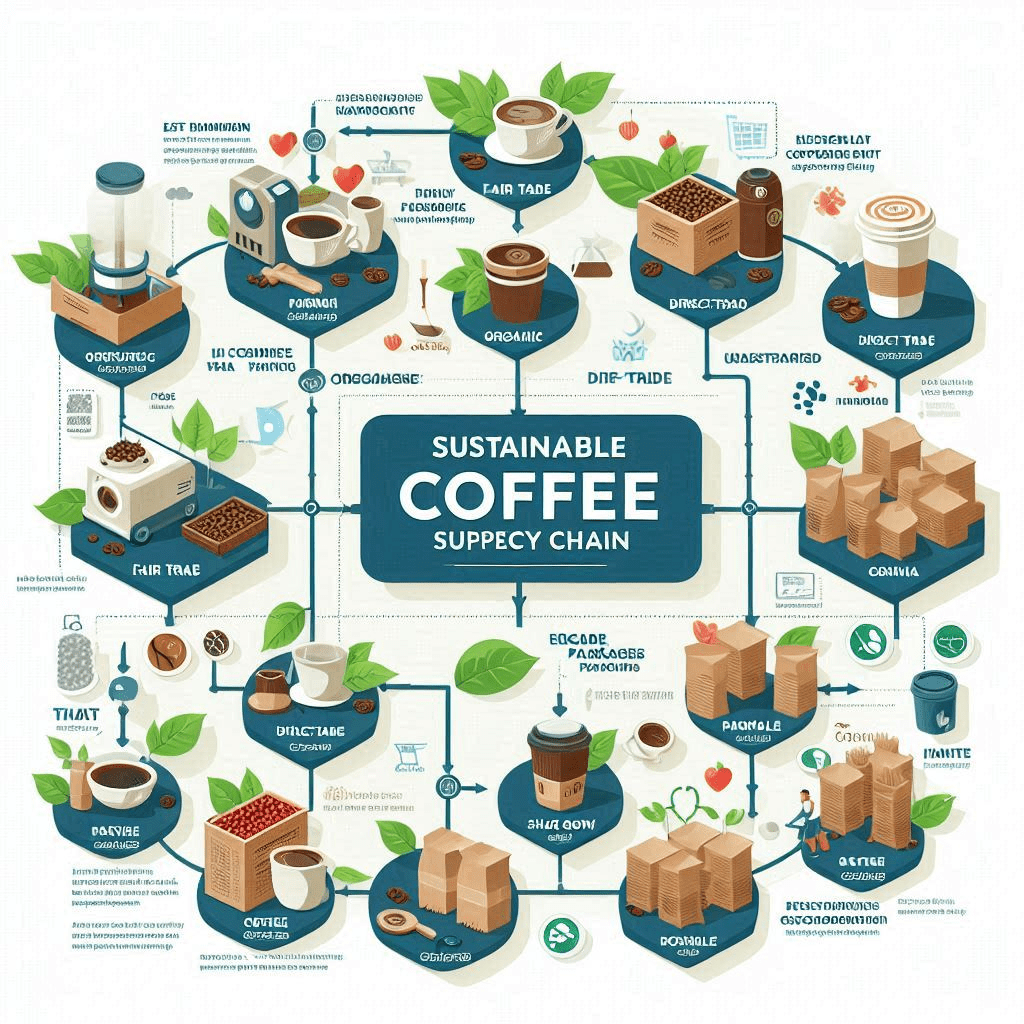Moving out of state is a big deal, and it should be treated as such. This article will cover packing tips to move out of state so you can get through this transition with less stress than ever before! Packing up all your belongings can seem like a daunting task, but there are ways that you can make the process easier on yourself.
What to Pack for Moving Out of State?
Out of state movers will not transport many items, as they are too risky or delicate. Dangerous materials like hazardous substances and food which is likely to spoil need to stay where they are. These valuable goods are legally restricted from being transported by air or land due to safety concerns and practical considerations.
Each company has its list of what it deems non-allowable items.
Non-allowable items include, but are not limited to: oils or fuels; firearms or weaponry; matches and candles (candles MUST be in a sealed container); hazardous materials like paints, paint thinner and acidic cleaners.
To pack up for an out-state move, follow out of state moving tips and make sure you ask your chosen mover carrier for their complete list of restricted items. They will most likely refuse to load something not permitted on the truck ? so be aware of what should and shouldn’t go in with this important advice when packing!
If you are relocating locally, certain items cannot be taken with you. When packing these things for a trip, make sure to handle them carefully.
However, when moving long-distance, you will not be able to transport perishables and hazardous materials yourself. It is essential to get rid of items before you move, so they don’t just end up in a new place for storage.
Pack Survival Kit
When you are moving across state lines, you will arrive at your new home first and without most of your items. It would help if you had all the essentials with you until your shipment arrives. This might be for several days (even up to 2 weeks).
It’s imperative to pack an essentials box with basic toiletries, medicines, food, towels, bed linens, and nightwear or clothes (including items for kids), your phone and charger, essential pet care items, or tools you’ll want during the move.
Your survival kit will allow you to make your trip comfortable and liveable until the rest of your belongings arrive, but only if it travels with you.
Make Inventory List
Create a packing list before you start packing your room. Please write down the current condition and monetary value of all the goods you are taking with you to your new home, including any information that may help make it easier on yourself or your moving company during the transition.
Keep a detailed inventory of your belongings when you’re packing for a move. This will serve as a packing list and help prove pre-move conditions in shipping or transporting your items across the country.
Movers usually consolidate shipments, so your belongings may share a truck with those of other people. Your moving inventory list is essential for tracking your belongings. ? You could avoid the hassle of a mismatched move by using clear, labeled boxes. Labeling each box will help ensure that your items don’t get mixed up with others’ items and don’t get mistakenly delivered to someone else. It will also allow you to quickly check if you have received all your belongings upon delivery.
Pare Down your Stuff
Reduce your long-distance moving cost by packing less. Long-distance moving costs are based on weight. That is why it is highly recommended to lighten the load before your out-state move. This way, you reduce your final moving cost and make packing easier beforehand.
There are several decisions you’ll need to make before packing and moving, but sorting through your belongings is the essential first step.
Once you’ve made your decision, address those items that are no longer needed or wanted:
Throw out damaged items and replace them if necessary.
Get rid of (donate or give away) any items you don’t need.
Sell some of your old items to have more funds available to cover the cost of the move.
Give any unneeded items to charity.
Label Everything
Proper labeling will help you with both unpacking and making sure your items do not get damaged while in transit (the instructions on boxes will instruct movers with what to do to make packing easy and ensure safe transportation of all boxes)
Labeling your boxes before packing them will make unpacking much smoother. Packing is crucial when traveling a long distance, so it’s essential to label your items appropriately and provide any necessary handling instructions (THIS SIDE UP, HANDLE WITH CARE, etc.) Furthermore, it is good to color code the boxes to make your preparations for the move easier.
Labeling all your furniture and other household items that are not boxed up is part of being organized.
Conclusion
Moving is a stressful process. You have the added pressure of finding time to pack and deciding what you’re going to take with you on your new journey, as well as making sure that all-important paperwork is for when it comes time to unpack at your new place. But don’t worry! We can give you some packing tips so that everything goes smoothly and without too much stress or hassle along the way.









